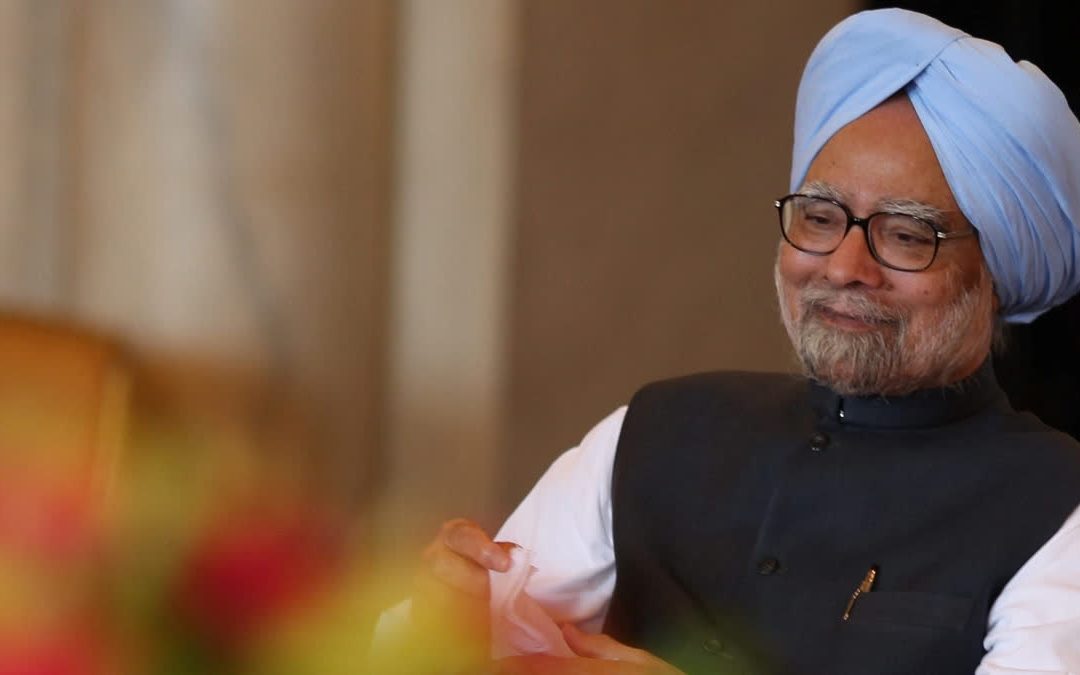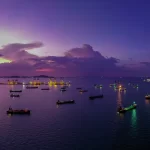NEW DELHI: Manmohan Singh believed that India’s foreign policy should be guided by its development goals and, as he put it, work to create a global environment that fosters India’s growth. In line with this vision, he met President George Bush in 2005 at the UN General Assembly and asked if the US could help India gain access to clean energy, given the numerous embargoes it had faced since the 1998 nuclear tests. This conversation set in motion a historic series of events.
Three years later, India and the US finalized the civil nuclear deal, leading to a waiver from the Nuclear Suppliers Group. This allowed India to engage in nuclear commerce without signing the Nuclear Non-Proliferation Treaty and, crucially, secured India a seat at the global diplomatic table. Singh’s determination in overcoming significant opposition from Leftist parties and others, even risking his government, is well-documented. As a man of strong convictions, he believed the US deal was in India’s best interest—a stance supported by Sonia Gandhi, who shared his vision. Singh recognized not only the effort George Bush had invested in the deal but also Bush’s deep desire to forge strong ties with India. This was India’s moment, and Singh ensured it was seized. The spirit of this landmark agreement, which helped bridge years of mistrust between India and the US, remains a cornerstone of their bilateral relationship, now evolving with the recently launched Initiative on Critical and Emerging Technologies.
In addition to India’s development needs, Singh’s foreign policy was shaped by five core principles. These included a commitment to stable, long-term, and mutually beneficial relationships, greater integration into the global economy, and the belief in a “shared destiny” for the Indian subcontinent that required enhanced regional cooperation and connectivity. Singh also emphasized that foreign policy should reflect the values dear to the Indian people. In his 2013 address to Indian ambassadors and high commissioners, he stated, “India’s experiment of pursuing economic development within the framework of a plural, secular and liberal democracy has inspired people around the world and should continue to do so.”
While the nuclear deal with the US marked India’s arrival on the global stage, Singh pursued other significant foreign policy initiatives with equal resolve. His approach to China, his efforts to strengthen ties with ASEAN through a 2012 strategic partnership, and his focus on increasing India’s global trade and economic integration to reduce poverty stand out as key achievements.
While Prime Minister Modi has been credited with transforming India’s relationships with the Gulf, it was Singh who launched the Look West Policy to enhance ties with the region. Many of India’s current policies, whether related to ASEAN or the Quad, are rooted in the initiatives Singh set in motion. Former Australian Prime Minister Kevin Rudd noted that the 2004 joint response to the tsunami by the US, Australia, Japan, and India under Singh’s leadership was a key precursor to the formation of the Quad. Singh also remains the only Indian Prime Minister in recent decades to have come close to resolving the Kashmir issue.
As revealed in a 2011 Wikileaks cable, Singh confirmed to a US delegation that he and then-Pakistani President Pervez Musharraf had made significant progress through back-channel talks toward a “non-territorial solution” to the Kashmir dispute. Musharraf’s four-point peace plan, which included free trade and movement across the Line of Control, demilitarization, maximum autonomy, and joint management of the region, had been a subject of discussion. Although Singh did not go into detail about the plan, he acknowledged that India and Pakistan had made considerable headway by early 2007, before Musharraf’s domestic political troubles derailed the process. The subsequent Pakistani government dismissed the peace plan as a personal initiative of Musharraf. Despite accusations from the opposition that Singh was too lenient toward Pakistan, he never visited the country during his decade in office.






